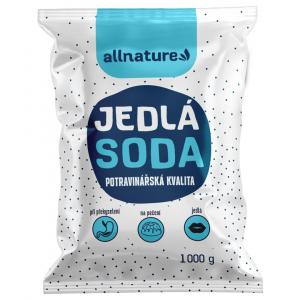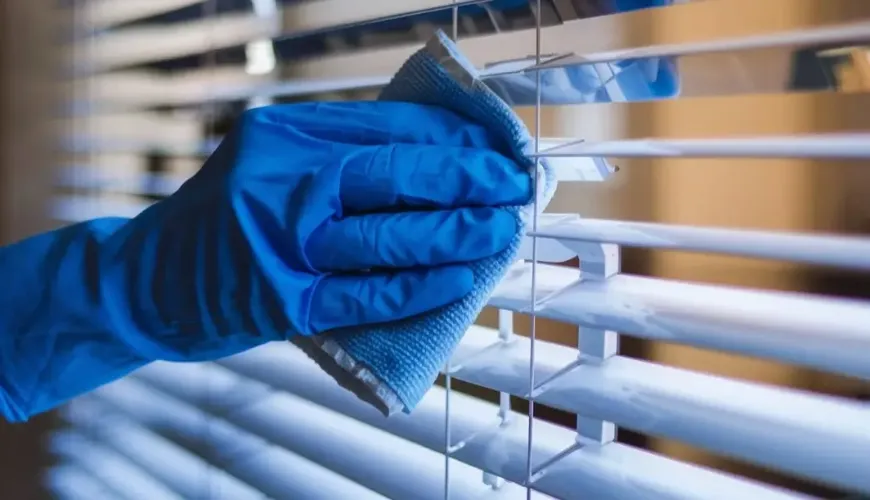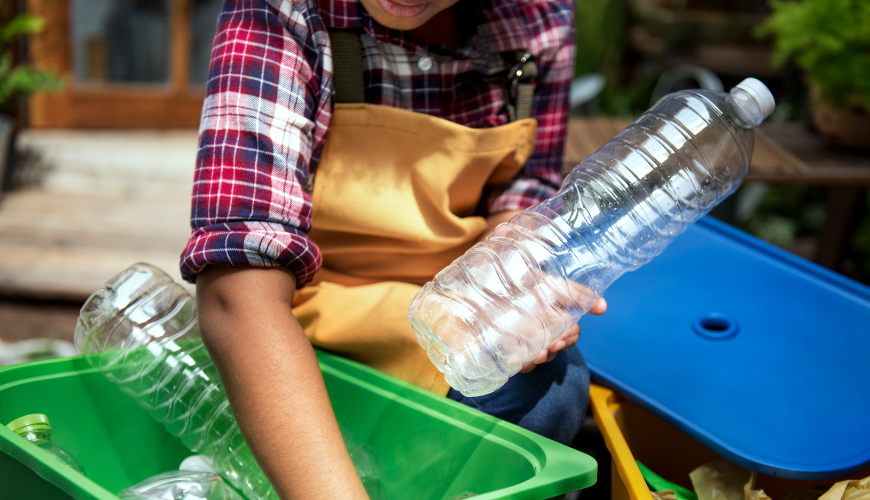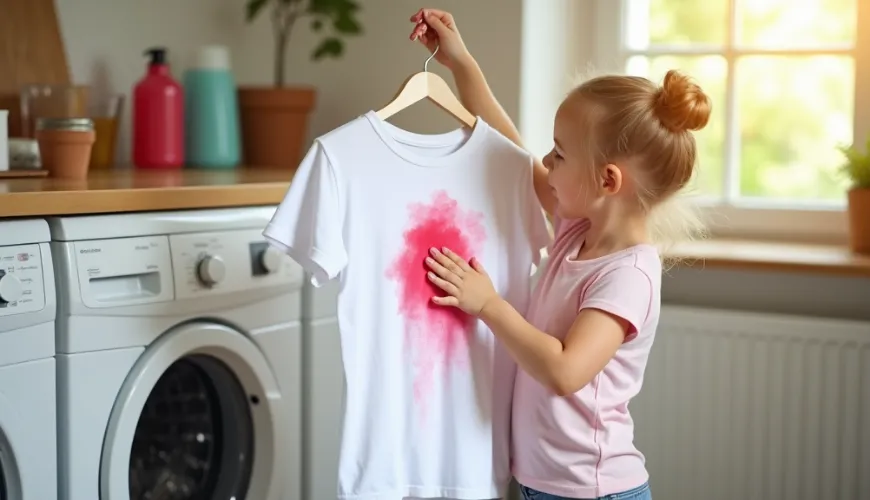
How to Remove Dried Blood from a Sofa and Other Materials
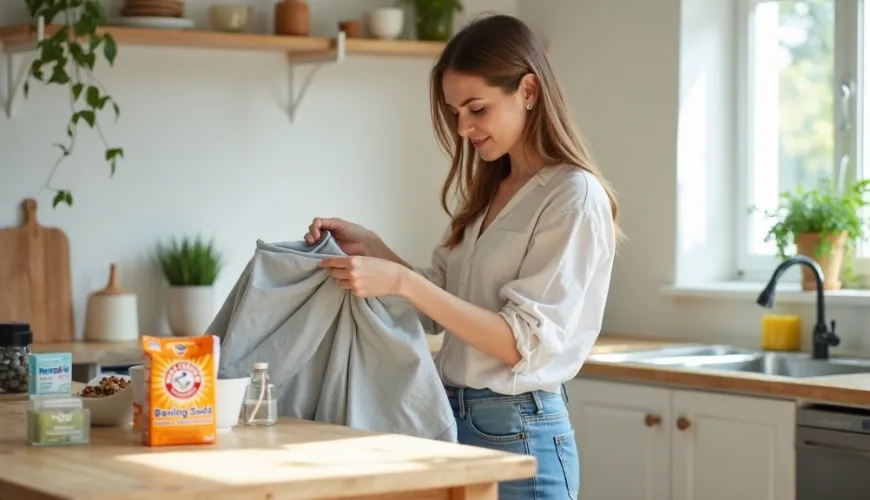
How to Deal with Dried Blood Stains – Tips That Really Work
Blood stains are among the most troublesome. Not only are they prominent and often disruptive on light fabrics, but especially – if allowed to dry, their removal can be quite a challenge. Whether it's a favorite shirt, bedding, mattress, or even a sofa, it's always about the combination of time, the right technique, and gentle products. You might be surprised to learn that even these seemingly hopeless stains can be removed – without the need to use harsh chemicals. You just need to know a few effective tips and natural alternatives.
Why is Removing Dried Blood So Challenging?
Blood contains proteins that coagulate – literally "cook" – into the fabric upon contact with air and heat. This is why most household accidents end in desperate scrubbing and subsequent disappointment. Unlike fresh stains, which can be relatively easily removed with cold water, dried ones are more complicated. However, quite common household items that almost everyone has can work wonders.
One of the most common myths is that warm water is suitable for blood. The opposite is true. Warm or even hot water can cause the stain to set even more into the fabric. The first rule is always to use cold water.
How to Remove Dried Blood from Clothing
Clothing is often the most common victim – an accident happens during menstruation, a minor injury, or even during sports. If you notice a dried stain on a shirt or pants, first thoroughly soak the fabric in cold water, ideally for several hours. The water will help soften the stain and start to release it gradually.
You can then use mild soap, gall soap, or a paste made from baking soda and water. Apply the product directly onto the stain, gently rub it, and let it sit for at least 30 minutes. Then wash it by hand or in a washing machine at a low temperature.
Household example: Lucie injured her knee while running, and her favorite leggings ended up with a dark stain. She didn't soak them immediately at home, and the next day the blood had dried. However, after soaking in cold water and using good old gall soap, the stain disappeared without a trace – all without needing to use a bleaching agent.
How to Remove Dried Blood from Bedding
White or light bedding is very sensitive to any stains. If an accident occurs in bed and the blood dries on the cover or sheet, the same principle applies – first thoroughly soak in cold water. You can add a bit of baking soda or lemon juice, which helps break the bonds between the protein and the fiber.
A great helper can also be hydrogen peroxide (3%), which, when dripped onto the stain, starts to gently foam – this is a sign that it is beginning to break down the proteins. But be careful – on colored laundry, it may act as a bleach. Always test it first on a less visible area.
After applying the peroxide, let it sit for 10–15 minutes, then wipe with a clean cloth and wash the bedding.
How to Remove Dried Blood from a Mattress
A mattress presents a unique challenge. It can't simply be tossed into the washing machine or submerged in water. If the stain gets deep into the material's structure, it may also start to smell. Here too, there are gentle solutions.
Start by dampening only the affected area with cold water using a sponge or cloth. Then apply a natural cleaning paste made from baking soda and a bit of water, or use hydrogen peroxide. Let it sit and then wipe it carefully.
You can also try a combination of vinegar and water in a 1:1 ratio – spray this solution onto the stain and let it sit for 30 minutes. Vinegar acts as an antibacterial agent and helps loosen the stain. After cleaning, always dry the area thoroughly – ideally by applying a dry towel and then airing it out.
"The number one rule is not to panic and take your time," says Veronika Záhorská, an eco-cleaning instructor. "Using aggressive cleaners often damages the fabric more than the blood stain itself."
How to Remove Blood from a Sofa or Other Textiles
Blood on the couch, curtains, or carpet? The situation is similar to that of a mattress – they can't simply be soaked entirely. In such cases, it's recommended to first dampen the area with a wet cloth and then apply a mixture of baking soda, peroxide, and mild ecological soap. Apply the mixture gently with a sponge and let it sit. Then rinse with clean water and a dry cloth.
If you have upholstery made of sensitive materials, cornstarch mixed with water works well. Let the resulting paste dry, then gently scrape it off and vacuum the rest.
What If Nothing Works?
If none of the methods work and the stain still remains, try repeating the process several times – with dried blood, results sometimes appear only after the second or third attempt. It's important not to rush and not to use hot water or chemical products that can permanently damage the material.
In extreme cases, it is possible to turn to professional cleaners who have experience with sensitive fabrics and access to biological cleaners that are environmentally friendly.
Summary - What Natural Remedies Work on Dried Blood?
- Cold water – the foundation of everything
- Baking soda – removes odors and stains
- Hydrogen peroxide (3%) – strong, but careful with colors
- Gall soap – a proven classic helper
- Lemon juice and vinegar – dissolve proteins and disinfect
- Cornstarch – a gentle alternative for upholstery
Try our natural products
Removing dried blood doesn't have to be a stressful battle. You just need to know the right procedure and have a few common household helpers at hand. In many cases, you can also choose a path that is gentle not only to your fabric but also to the environment. And if an accident happens next time, you already know that a quick reaction – especially soaking in cold water – can make the biggest difference.


